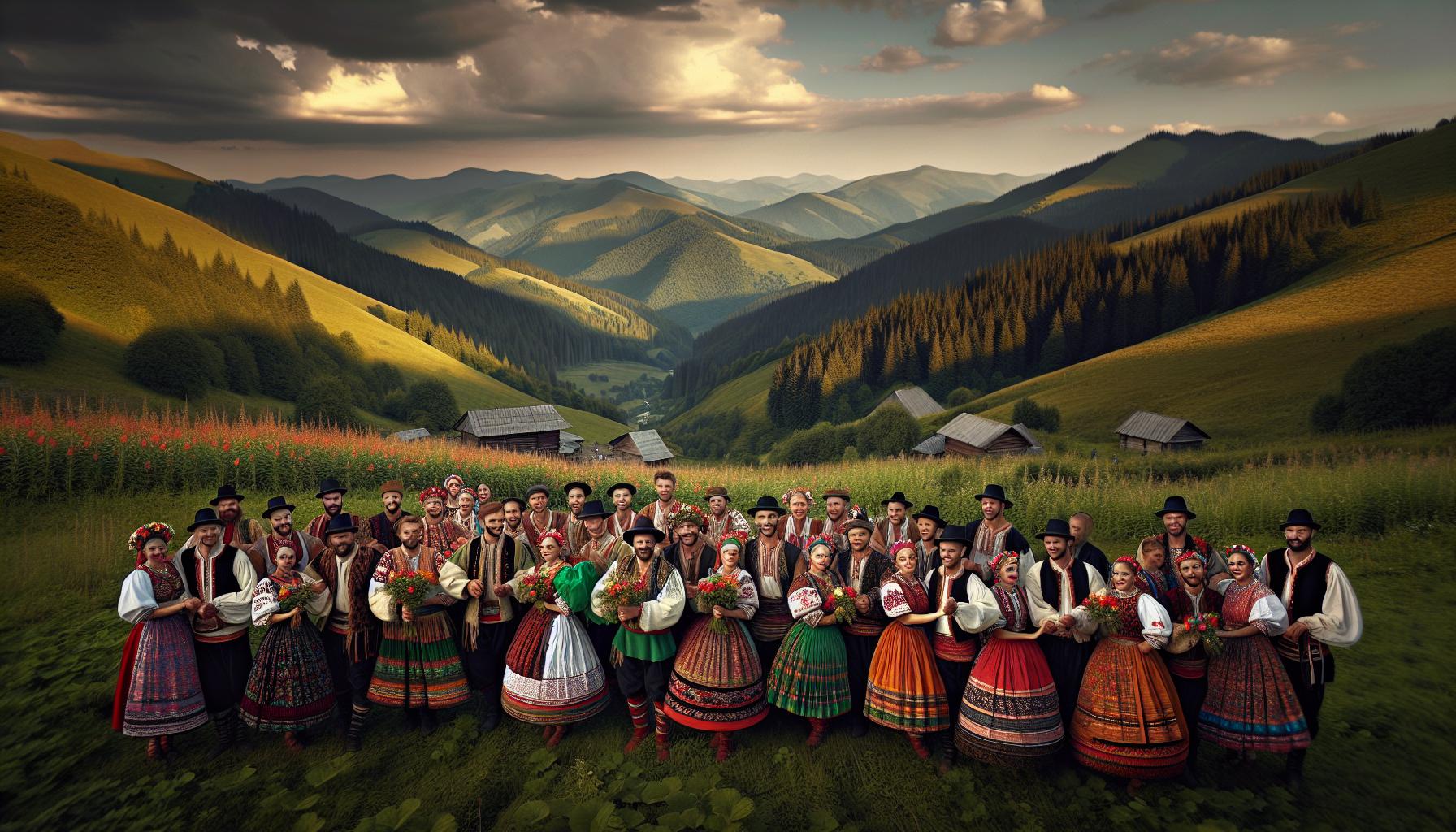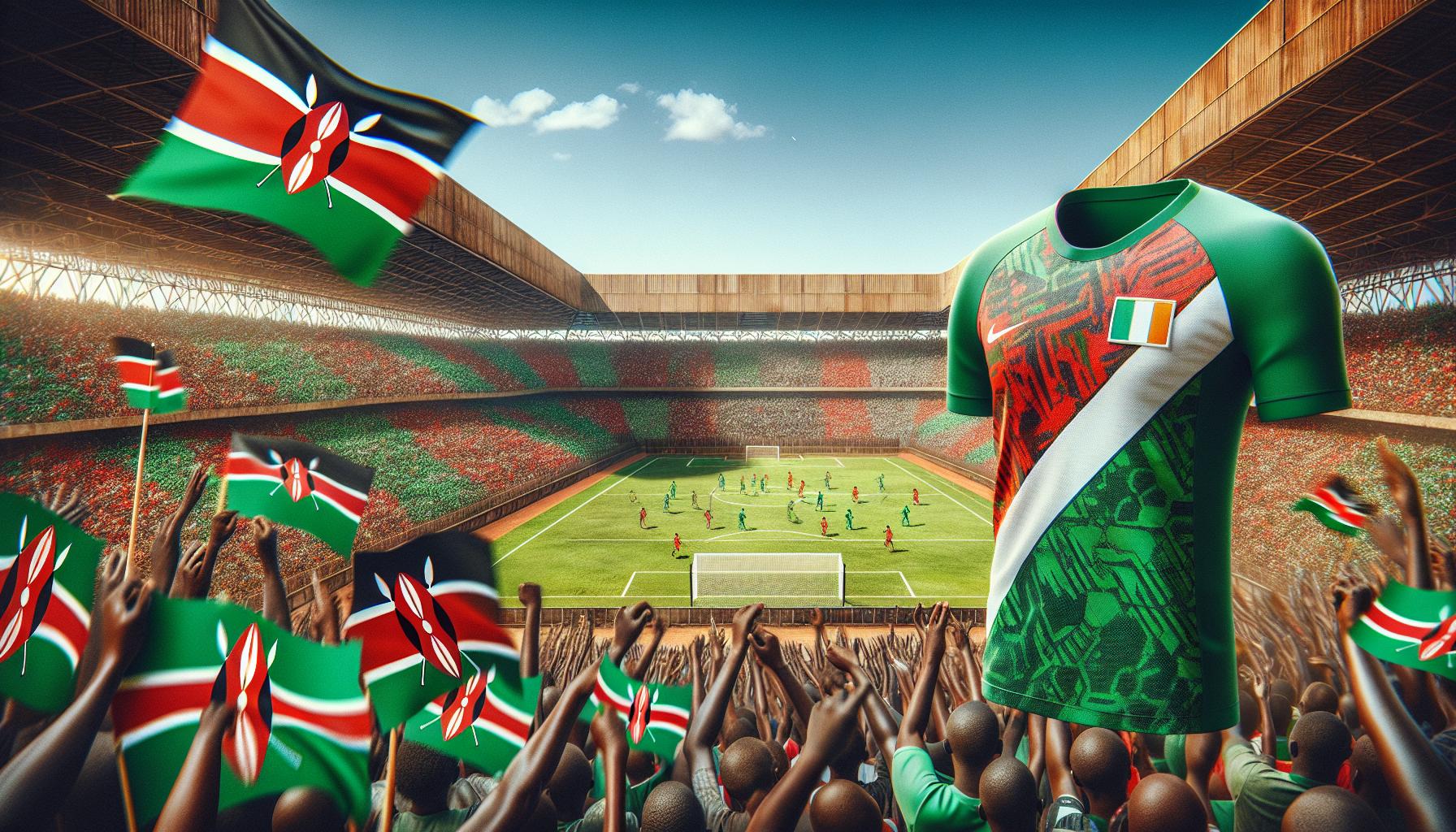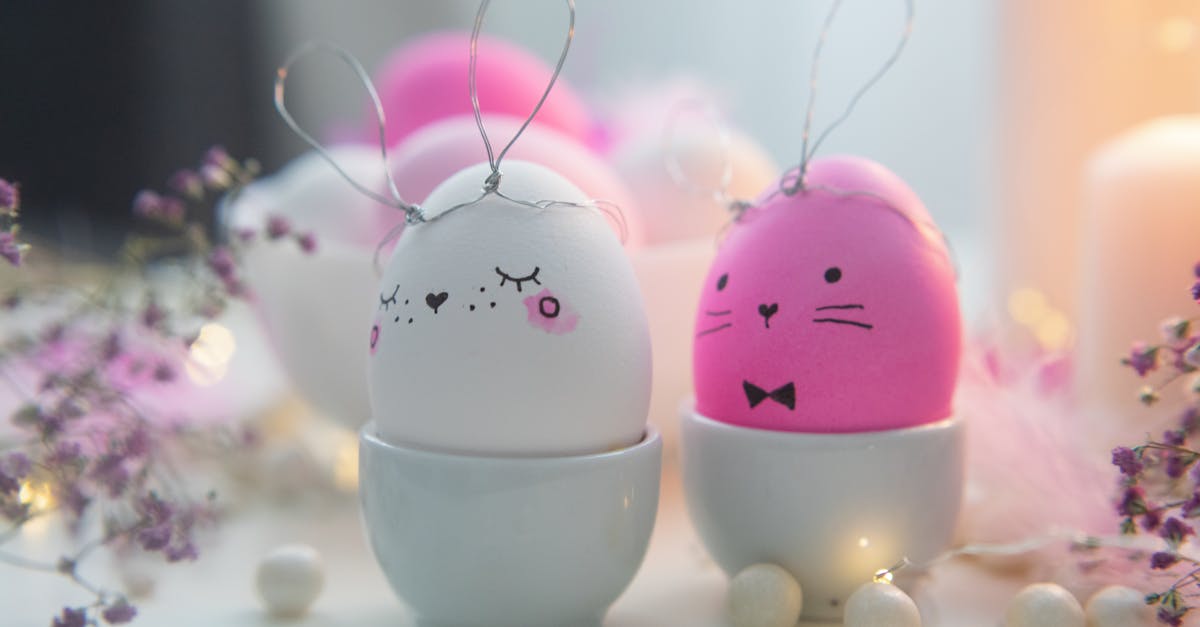conversationswithtiffany.com
Empowering Moms:
Your Guide to Nurturing Family, Self, and Everything in Between
Parenting Tips: Navigating Parenthood with Confidence
Unlock the secrets to smooth sailing through parenthood with our expert advice and practical tips.
From tackling tantrums to fostering healthy communication, we've got you covered every step of the way.
Family Fun Zone: Creating Lasting Memories Together
Discover endless opportunities for laughter and bonding with our collection of family-friendly activities and DIY projects.
Whether you're planning a weekend adventure or a cozy night in, find inspiration to make every moment count.
Mom's Oasis: Self-Care Sanctuary for Super Moms
Indulge in well-deserved me-time and prioritize your mental and emotional well-being.
Explore strategies for managing stress, nurturing your passions, and connecting with
a supportive community of fellow moms.
Because when you take care of yourself, you can better care for your loved ones.
Parenting Tips & Advice from Galmenis Nelpen
AI-Assisted Coaching: Transforming Personal Conversations for Growth
How Can ADHD Students Improve Focus During Long Lectures or Classes?
What Are Simple Occupational Therapy Activities for Improving Hand-Eye Coordination
5 Finest Life Hacks for Online Gambling to Increase Your Winnings
Effective Team Parenting: Key Behaviors and Qualities that Foster Success
Attachment Parenting: Its Principles, Practices and Impact on Child Development
Meet Tiffany
Welcome to Conversations with Tiffany, where Tiffany is your guide through the maze of motherhood. As the heart and soul behind this informative platform, Tiffany brings her unique blend of experience, research, and empathy to every post.
With a passion for providing valuable insights and practical tips, Tiffany curates content across our three core categories: Parenting Tips and Advice, Family Activities and Crafts, and Self-Care and Well-being for Moms.
Join Tiffany on this journey of discovery and empowerment as we navigate the joys and challenges of motherhood together.


Subscribe to The Mom's Compass: Your Weekly Guide to Navigating Motherhood
Stay connected and informed with The Mom's Compass, our weekly newsletter designed exclusively for moms like you.
Receive curated content featuring expert advice, helpful tips, and inspiring stories covering parenting, family activities, and self-care.
Family Activities & Crafts by Calidin Melpop
Revitalize Your Skin With Anti-aging Facials
Maximize Your Wins: Strategies for Mobile Casino Gaming
5 Benefits of Sea Moss Gummies for Kids That’ll Win You Over
From Stress to Success: How Unboxing Sites Make Gift-Giving Easy
Can Painting by Numbers Reduce Daily Stress Levels
Stronger Together: How Couples Therapy Can Revitalize Your Relationship
What our Readers say

Sara Bennett
"As a busy mom constantly seeking reliable advice and inspiration, Conversations with Tiffany has become my go-to resource. Tiffany's website offers a wealth of valuable content spanning parenting tips, family activities, and self-care practices, all curated with the expertise and empathy that only a fellow mom can provide.Tiffany's personal touch shines through in every post, creating a welcoming atmosphere that feels like chatting with a trusted friend over coffee"

Julia Taylor
"Conversations with Tiffany is my go-to resource for everything related to parenting and family activities. The posts are well-researched and offer real-life solutions to everyday challenges. The family activities and crafts section is packed with fun ideas that my kids absolutely love!"

Barbara Myers
"I can't recommend Conversations with Tiffany enough! The content is not only informative but also deeply reassuring. Tiffany's expertise shines through every article, especially in the parenting tips and advice category. The newsletter is also fantastic, delivering timely and relevant information right to my inbox. This website has truly made a positive impact on my parenting journey."


















